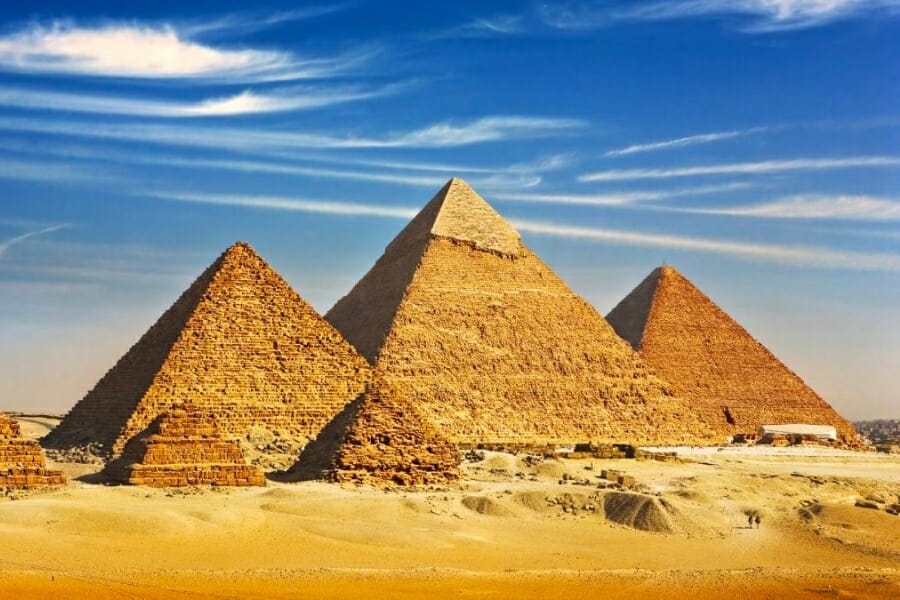In the vast tapestry of Earth’s treasures, Limestone is a natural wonder that sparkles with both beauty and practicality. This remarkable rock has captured the fascination of civilizations for centuries.
The value of Limestone is deeply rooted in its versatility. It serves as a fundamental building material even for iconic structures, such as the Great Pyramids of Egypt and Parthenon in Greece. But this rock’s worth is so much more than this.
In this article, we’ll delve into Limestone, explore its diverse uses, and uncover the factors that influence its price in today’s market.
What Limestone Is
Limestone is a fascinating rock that holds a prominent place in the everyday world around us. It’s composed primarily of Calcium Carbonate, a sedimentary rock formed from the accumulation of marine organisms and deposits over millions of years.
Limestone’s color palette ranges from creamy whites and warm yellows to earthy grays and soft pinks. It presents a visual feast to behold! But beyond its great looks, its solid and enduring structure give it its immense value and widespread applications. In fact, Limestone plays a crucial role in different industrial sector.
Since it has various uses, the price and value of Limestone also differs depending on its type and where it’s usually used. Below are its different types and the corresponding prices that they command.
Chalk

Chalk Limestone is primarily composed of the mineral Calcite. It’s renowned for its pale white or off-white color, just like that of the chalk used on blackboards.
The rock’s unique composition and structure give it several important properties. Chalk Limestone is relatively soft and easily crumbles, allowing it to be easily scratched and crushed. It displays a fine-grained texture, often with visible remnants of the Coccolithophores.
Chalk Limestone also holds value in various fields. It has been utilized as a building material in the construction of historic landmarks and masterpieces. It also has practical applications in agriculture and helps improve crop yields and overall soil health.
How much is Chalk worth
Like other types of Limestones, Chalk is sold in the market at the price of $5 to $85 per ton.
Coquina
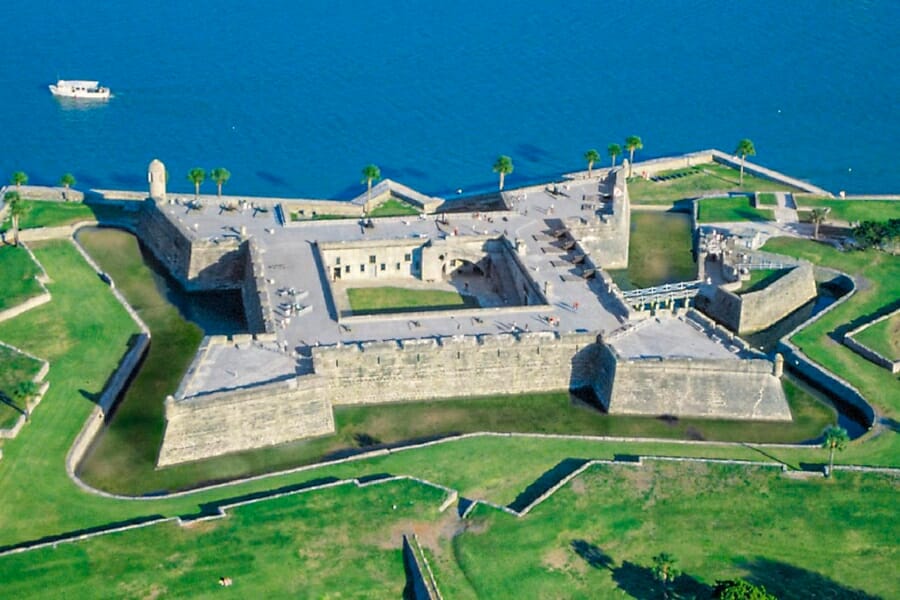
Coquina bears witness to the delicate beauty and remarkable history of Earth’s past. Composed primarily of fragmented shell and coral debris, it showcases a mosaic of unique fossilized remains.
What sets Coquina apart is its characteristic appearance. It displays a porous and granular texture, same with a tapestry of shells that are delicately interwoven. This feature gives it a visual allure that has been celebrated in architecture and decorative arts for centuries.
Due to its porosity, Coquina exhibits exceptional permeability to water. This makes it an essential component in various coastal engineering projects. Its ability to absorb and dissipate wave energy serves as a natural defense against erosion and coastal flooding.
How much is Coquina worth
The price of Coquina ranges from $5 to $85 per ton.
Crystalline Limestone
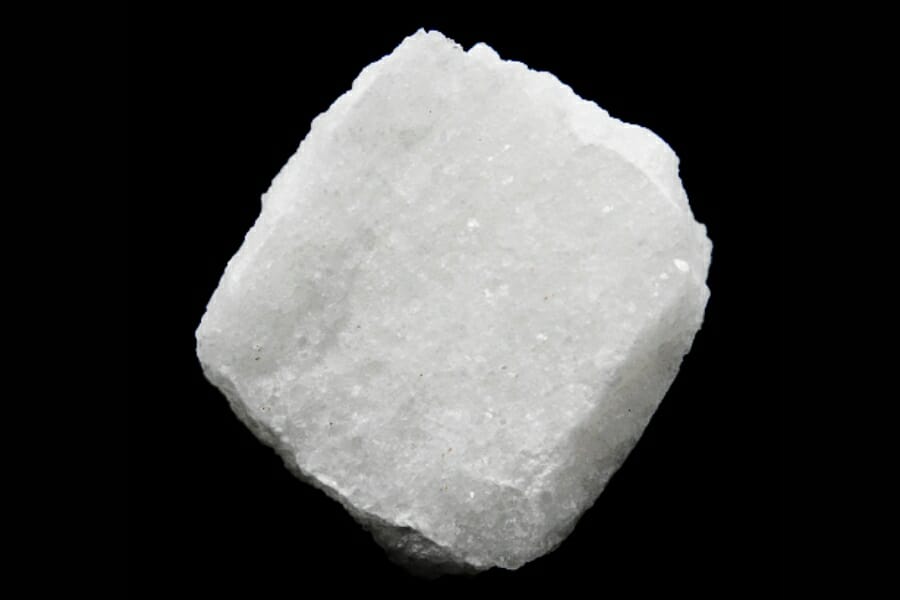
Crystalline Limestone showcases intricate crystal formations, such as Calcite, Aragonite, and Dolomite. Because of this, it reflects light in an enchanting display of colors and patterns. Its crystalline structures evoke a sense of awe and fascination on anyone who sees it.
Beyond its looks, Crystalline Limestone has significant value in various industries. It’s an important raw material in creating cement, glass, and other construction materials. It also graces structures and artworks with timeless elegance.
How much is Crystalline Limestone worth
In the current market, Crystalline Limestone’s price ranges from $5 to $85 per ton.
Dolomitic Limestone
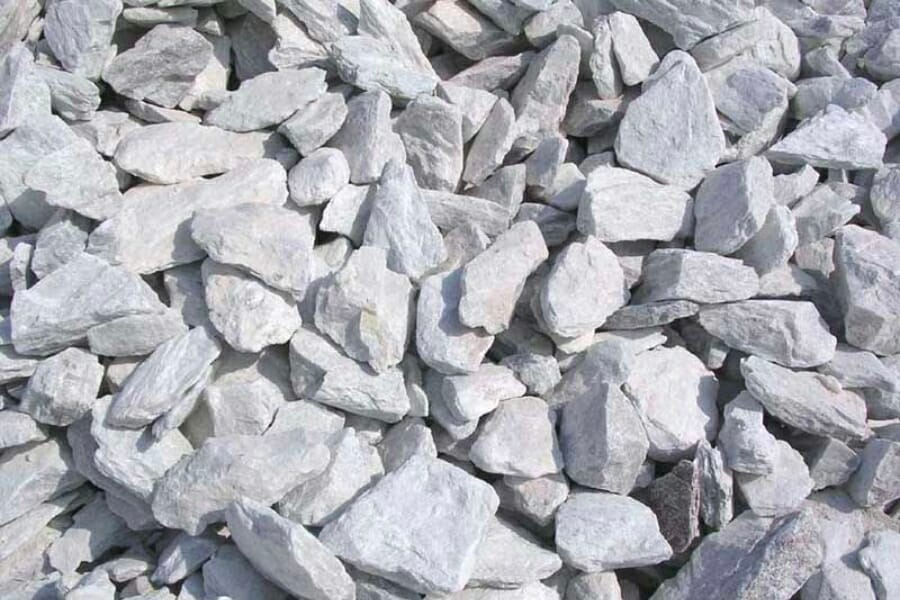
The high Magnesium content of Dolomitic Limestone causes increased hardness and resistance to weathering. This rock’s color ranges from light gray to yellowish or brownish hues. However, its value goes beyond its origins and aesthetic appeal.
Dolomitic Limestone’s exceptional durability and strength make it an excellent choice for construction materials, including aggregates, road base, and dimension stone. It serves as a foundation for sturdy structures and infrastructure projects that can withstand the tests of time and environmental forces.
How much is Dolomitic Limestone worth
Dolomitic Limestone’s price goes from $5 to $85 per ton.
Fossiliferous Limestone
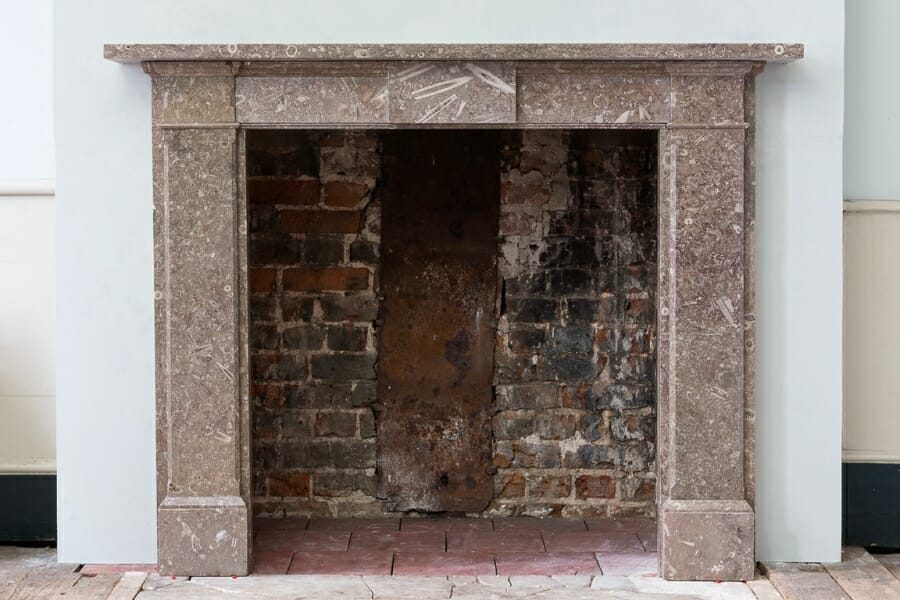
Within the layers of Fossiliferous Limestone are abundant records of fossilized remains. These offer a glimpse into the diverse organisms that once inhabited the Earth.
Fossiliferous Limestone formation began with the accumulation of sediments in marine environments. Over time, the remains of marine organisms become embedded within the sediment layers. Through compaction and cementation, these organic remnants are preserved and transformed into fossils.
Fossiliferous Limestone also holds practical and aesthetic value. It’s widely used as a building material, showcasing fossils and adding a unique touch of natural beauty to architectural projects.
How much is Fossiliferous Limestone worth
The price of Fossiliferous Limestone can go from $5 to $85 per ton.
Lithographic Limestone
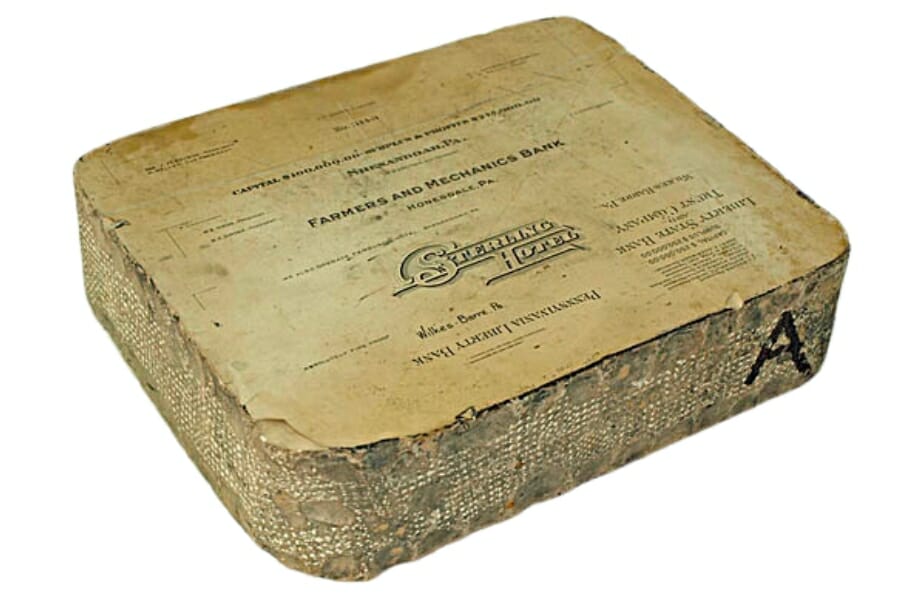
Lithographic Limestone is a fusion of art and science. It has played a crucial role in the art of printmaking and the preservation of historical documents. It possesses a fine-grained texture and a distinct uniformity of composition. These qualities make it an ideal medium for a printing technique called “lithography”.
In the past, this rock served as the primary material for printing lithographs. It has contributed to the dissemination of knowledge, literature, and artistic works. It proved to be useful in preserving historical documents, maps, and illustrations.
In contemporary times, Lithographic Limestone continues to be used in the field of printmaking. While there are alternative materials available, this rock’s smoothness and ink receptivity make it a preferred choice for artists seeking to achieve the finest print quality.
How much is Lithographic Limestone worth
Lithographic Limestone is currently sold at the price of $5 to $85 per ton.
Oolitic Limestone

Oolitic Limestone is formed in marine environments with warm and shallow waters. Ooids are tiny concentric grains that form this rock. Over time, ooids accumulate and become cemented together, resulting in the formation of Oolitic Limestone.
This rock has a unique texture that resembles a collection of small, rounded grains. The ooids give the rock a unique appearance similar to fish roe or tiny pearls. When examined closely, you can marvel at the intricate concentric layers within each ooid.
Due to its porosity, Oolitic Limestone serves as an excellent reservoir rock for oil and natural gas deposits. It has also been utilized as a building material throughout history. Its durability, combined with its pleasing appearance, has made it a great choice for construction projects.
How much is Oolitic Limestone worth
You can purchase a ton of Oolitic Limestone for the price of $5 to $85.
Travertine

Travertine originates in areas with calcium-rich waters, such as hot springs, caves, or limestone-rich regions. It exhibits a porous nature with distinct pitted holes and veining patterns. Its colors range from soft creams and beiges to warm earth tones.
Travertine possesses exceptional qualities that make it highly sought after in various applications. Its durability, combined with its aesthetic appeal, has made it popular for use in flooring, countertops, wall cladding, and decorative elements. It adds a sense of warmth and sophistication to any space.
How much is Travertine worth
Travertine sells at the price of $5 to $85 per ton.
Tufa
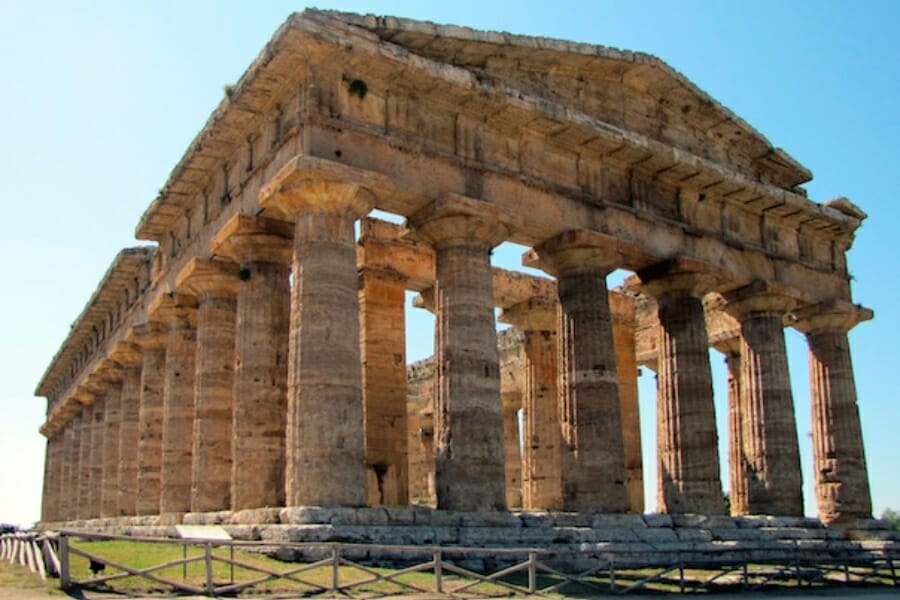
Tufa is the porous and often sponge-like type of Limestone. It’s composed of layers of mineral deposits that gathered through time. Over time, these layers build up and solidify, resulting in the formation of this rock.
Tufa can take on various forms and appearances depending on the specific conditions of its formation. It may be found as cave formations, stalactites, stalagmites, or as build-ups around springs and streams. Its colors can also range from creamy whites and beiges to earthy browns and oranges.
Due to its porous nature, Tufa has been used historically for various purposes. It was used as a construction material. Its porous structure also makes it suitable for filtration and water storage applications.
How much is Tufa worth
Tufa is worth around $5 to $85 per ton.
Why Limestone Is So Expensive
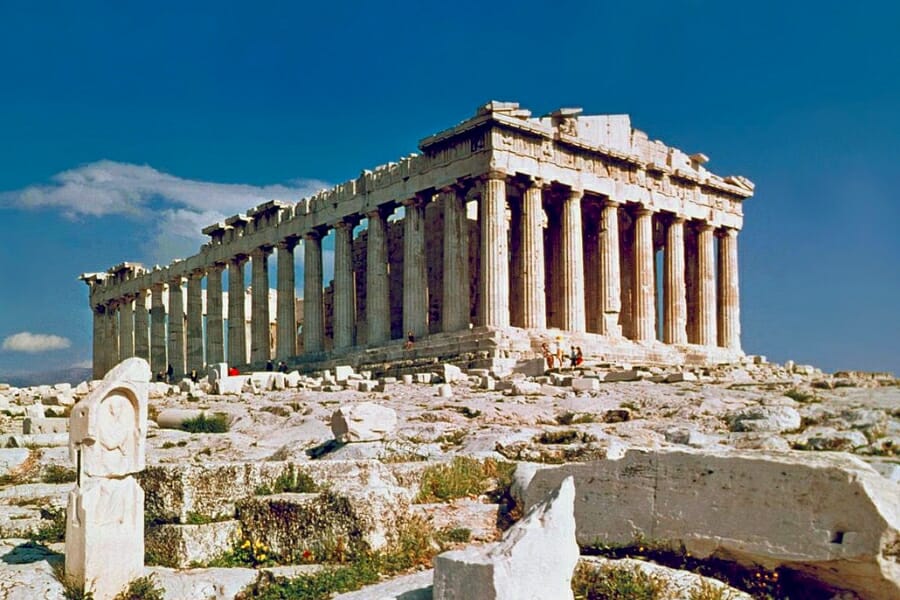
First off, Limestone comes in different colors such as white, beige, and gray. It’s used mainly in building projects because it looks great and can match any style.
But what makes Limestone even more valuable is how tough it is. It can handle all kinds of weather and stay strong for a long time. That’s why people love using it for making big monuments and fancy buildings.
What’s even greater about Limestone is that it’s heat resistant. When it’s hot outside, it keeps things cool inside. This is also why it’s in demand in hot places for homes. It helps people stay comfortable when the sun is scorching.
Limestone is also a hero for the planet. It helps fight climate change by taking in Carbon Dioxide. This rock traps Carbon Dioxide and keeps it locked away.
Lastly, it does not only create beautiful man-made buildings and structures. It makes incredible underground caves, too. When water mixes with Limestone, it creates beautiful formations like stalactites and stalagmites.
How To Determine The Value Of Limestone
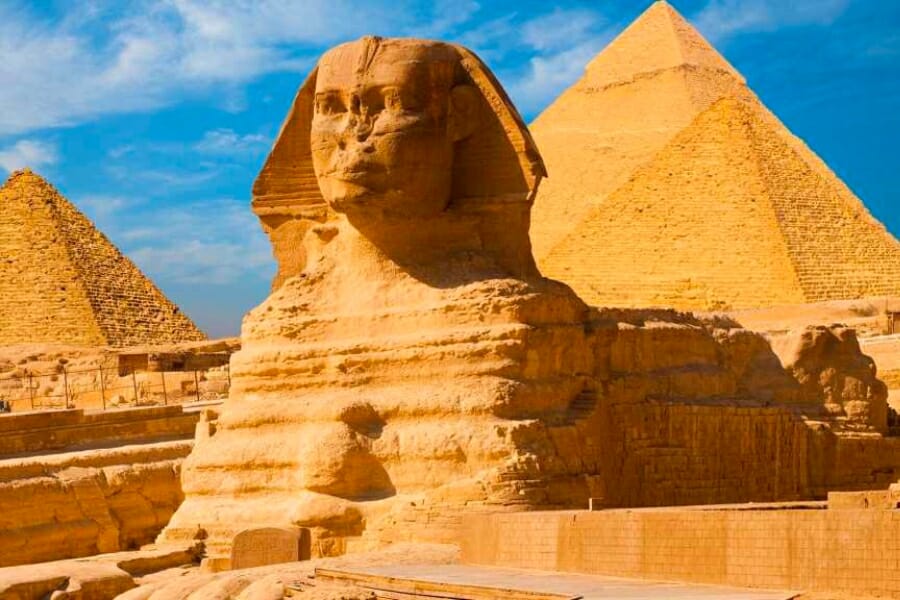
When it comes to determining the value and price of Limestone, there are several qualities and factors that you should take into consideration, such as:
Type
The type of Limestone can impact its price because each type possesses varying characteristics. Some of these are qualities and appearance, durability and strength, availability and rarity, specific applications, and cost of processing and finishing.
Quality
The quality of limestone plays a big role in determining its price. High-quality Limestone that is free from impurities and has a desirable color and texture tends to command a higher price.
Use
The intended purpose or how it will be used can influence the value of Limestone in several ways. Pieces of this rock that require additional processing or customization to meet specific requirements can have a higher price. Similarly, Limestone used for specialty applications or niche markets may have a higher price.
Rarity
If a certain type of Limestone is rare or difficult to find, it becomes more valuable. And since it becomes more precious, it also becomes more expensive.
Size and Weight
The size and weight of the limestone rock also factor into its price. Larger and heavier Limestone pieces may cost more because they require more effort and resources to extract, transport, and handle.
Origin and Accessibility
The location of the limestone quarry or deposit can also impact its price. If the quarry is located in a remote area or if it’s challenging to access, the cost of extraction and transportation also increases. These additional expenses may be reflected in the price of the Limestone.
Market Demand
Like with any product, supply and demand influence the price of Limestone. If there is high demand for a particular type, its price may rise. On the other hand, if the demand is low and there’s an abundance of Limestone in the area, the price may be more affordable.
Limestone Price By Type
The price of Limestone can differ depending on its varying qualities, but it’s the type that significantly impacts its value. In general, though, Limestone’s price across all types currently goes from $5 to $85 per ton.
How To Get An Appraisal On Your Limestone

There are several ways to obtain an appraisal for a piece of Limestone. First, you can look for a professional appraiser who specializes in rocks, minerals, and geological materials. They provide a detailed report or certificate that outlines the appraisal process and findings.
Second, you may contact local geological surveys or institutions dedicated to the study of rocks and minerals. The great thing is that they may also consider regional factors and historical significance in their assessment. And while they may not offer formal appraisals, their insights can guide you in understanding your rock’s value.
Third, auction houses and collectible marketplaces that specialize in rocks can offer appraisals, too. They often have experienced appraisers who are well-versed in the market trends and demand for geological materials.
Lastly, conducting thorough online research and comparing prices of similar Limestone specimens can give you a general idea of its value.
If you don’t want to choose just one method, that’s okay. In fact, it’s advisable to consult multiple sources or experts to get a well-rounded understanding of your Limestone’s appraisal.

